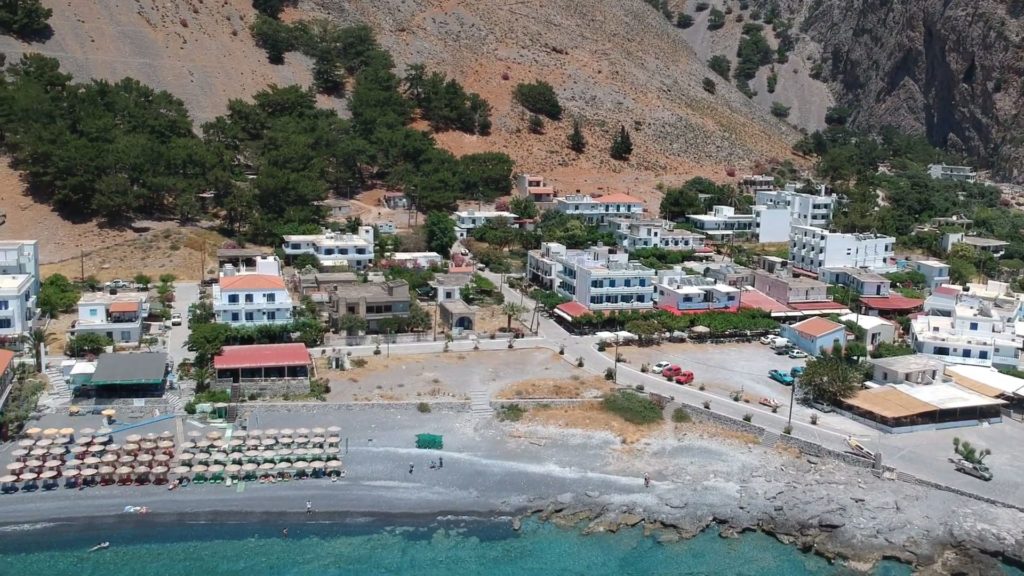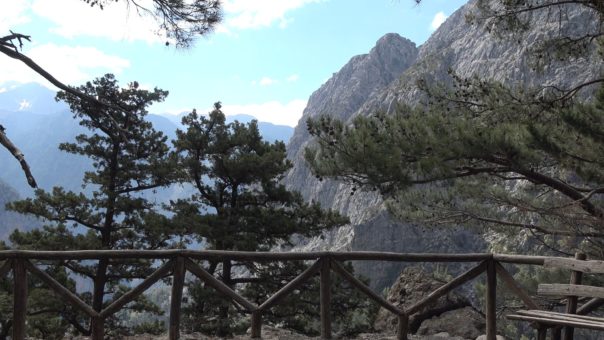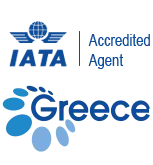The Samaria Gorge is located in the southern part of the prefecture of Chania. It is about 16km long, Europe’s second longest canyon.
It is a National Park and hosts many endemic species of birds and animals, the most famous of which is the Cretan goat, also known as “Kri-Kri”.
How to get there
If you want to get to the Samaria Gorge and cross it, you have to go there either via a travel agency or a bus from Ktel Chania.
Of course, you can go with a rental car. But if you want to cross the gorge, you have to leave the car at the beginning of the gorge, at the place “Xyloskalo”, and go back to get it.
Quite difficult, unless someone else takes you there, and comes to pick you up from Sfakia or Sougia.
The route
Leave Chania and head south. First you meet the beautiful villages of “Vamvakopoulo” and “Agia”.
On your way you cross the lush valley of “Keritis” with its rich orchards of citrus.
Then you reach a junction, one way to the right, leading to the “Gorge of Agia Irini” and ending in “Sougia”. The other road leads to the “Omalos Plateau and the Samaria Gorge”, which is your destination.
You pass the beautiful villages of “Fournes” and “Lakki”, full of olive trees and vineyards overlooking the snow-capped mountains.
Next stop is the “Omalos Plateau”, at an altitude of 1200 meters, surrounded by high peaks. The plateau is of irregular shape and in the center is the homonymous settlement. The area has been as a base of operations and a refuge for rebels in all historical times, due to its inaccessible location and the natural environment.
After 4 kilometers, you reach the “Xyloskalo” place, where is the entrance of the gorge. It was taken its name from a wooden staircase, which was there to facilitate descent.
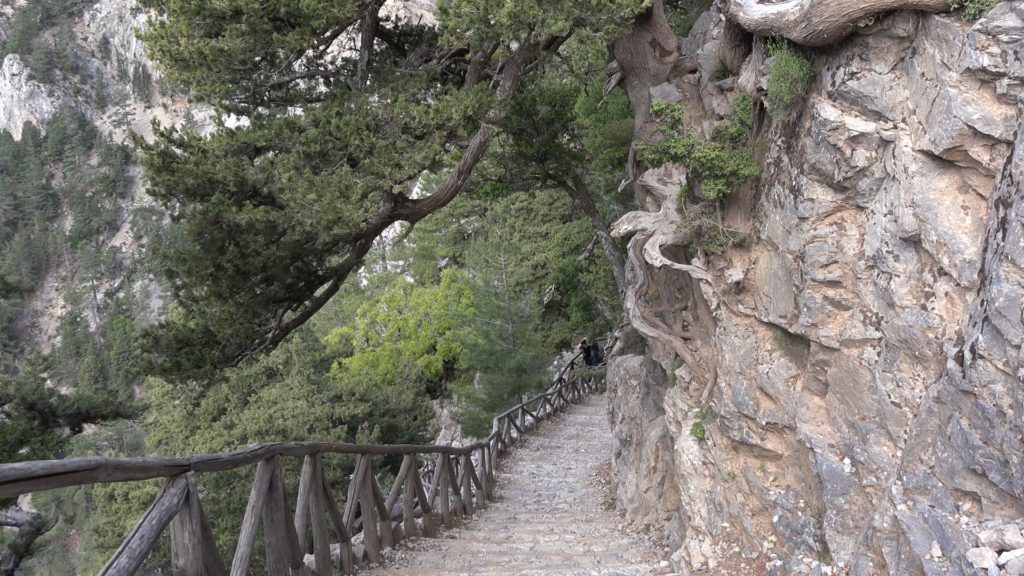
Hiking the Gorge
From the entrance of the gorge, the path begins spectacularly, with steep descent and continuous turns.
You will come across a platform at 600 meters, where the view from there is spectacular and is perfect for photos.
Next stop is the “Neroutsiko” fountain, where you can relax and cool off.
There is the “Riza Sykias” rest area at the 3rd kilometer of the route.
Then the picturesque chapel of “Agios Nikolaos” follows, with the tall cypress trees, and after it, there are two springs, “Vrisi” and “Prinari”.
The settlement of “Samaria”, at the half way of the path, is the next stop. Here you can relax, cool off, while there is a forest service station and a first aid station.
Continuing the hike you will find a path leading to the chapel of “Osia Maria”, hence the name of the Samaria Gorge.
Passing two springs, you will still reach the narrowest point of the gorge, the “Doors”. It is extremely beautiful place, due to the very narrow passage and the river that crosses it.
Then the canyon begins to expand, and you will reach its exit after about 2 kilometers. From there, you still have 3 kilometers to go to the beautiful seaside village of “Agia Roumeli”.
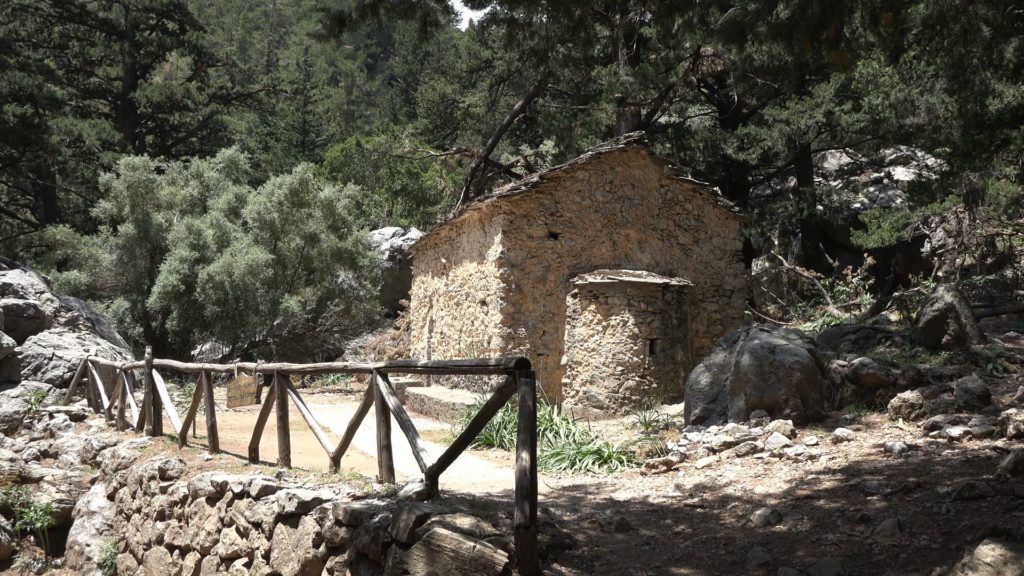
Rest in Agia Roumeli and return
The village of Agia Roumeli was built on the site of the ancient city of “Tarra”.
It has a beautiful beach with crystal clear waters. There are few rooms to let and small hotels, restaurants, taverns and bars.
So, when you come out of the gorge, you will have time to eat or drink something. You swim and have a rest. You can also stay here, if you want, for relax and tranquility.
During the summer the village has a lot of tourist activity, due to the excursions that end here after visiting the gorge. In addition many visitors come here by ferries and yachts.
The village has no road access, unless you come walking through the canyon or other trails.
It is connected by sea. Small vessels operates regular services to and from “Chora Sfakion”, “Sougia” and “Paleochora”.
To return to Chania, you have to take the ferry to Sfakia or Sougia. There will be a bus waiting to go you back.
Even though it was a tiring and painful day, it will be memorable and fantastic.
